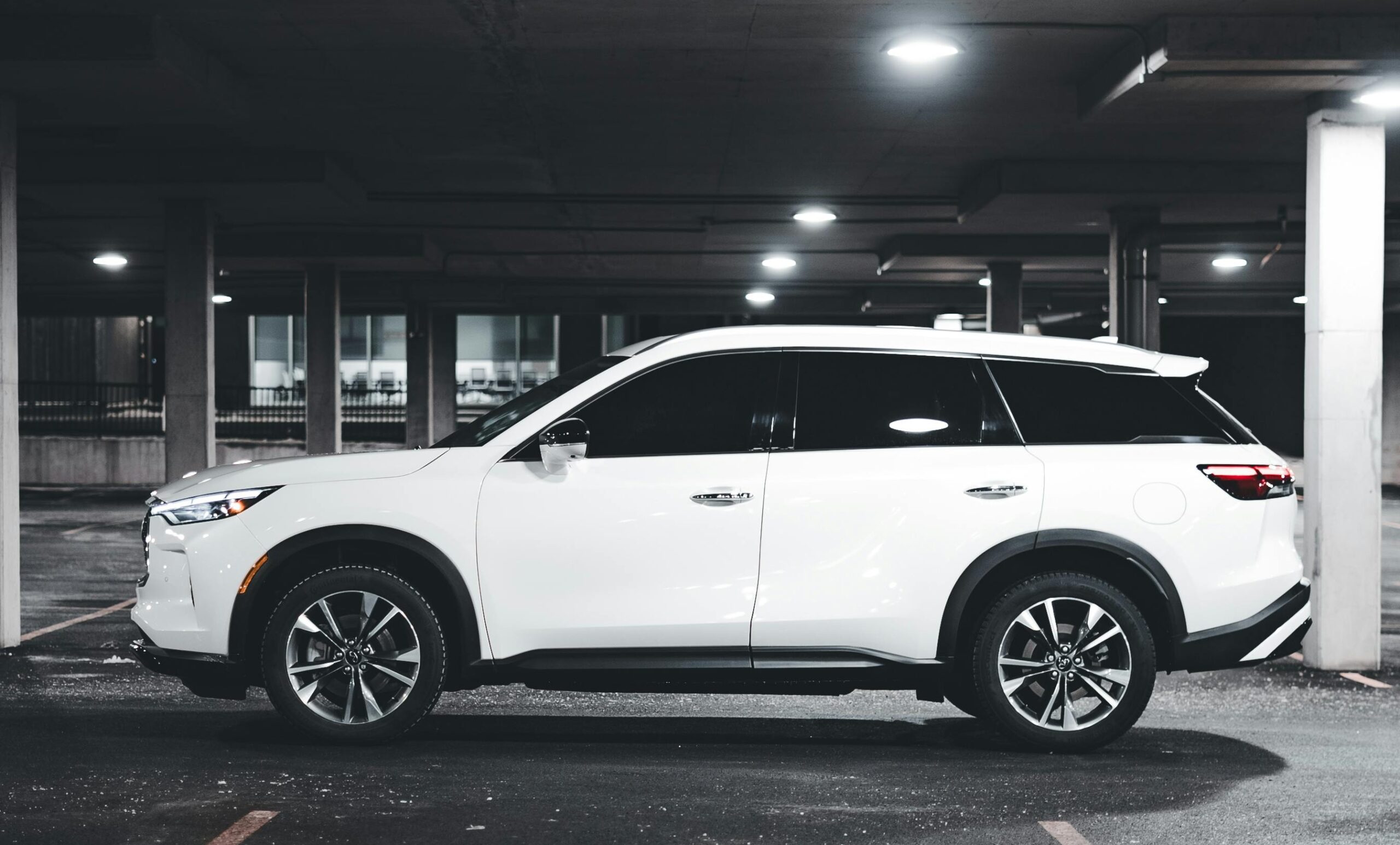You say that over the years we have become bigger as human beings and therefore need bigger vehicles?
More and more cars are too big for parking spaces, especially in garages and other metered parking lots. Our cars have gotten bigger every year, but parking standards have hardly changed. Now, in the third decade of the growing car trend, people are starting to notice. In particular, garages built in the 1980s have a problem with space, standards, and efficient use.
According to Transport & Environment (T&E) study, cars have increased by 1cm every two years
Changes in parking lot standards have not kept pace with the explosive growth in vehicle size. The width of a parking space, which is the result of a carefully balanced trade-off between convenience, economy, and circumstance, is more difficult than it used to be because cars are not only wider but also longer, which increases the distance between the front and rear wheels, making the turning circle larger and maneuverability poorer.

An historical example
The best-selling models in 1965 had an average width of 1.5 meters and a length of 3.9 meters.
The most popular models for sale today are 1.8 m wide and 4.3 m long.
This means that the footprint of the most popular cars today is 32 percent larger.The average garage door is only 2.1 meters wide, leaving little room for drivers to get in and out.
The result?
One of the most common activities of a driver in the city is to find a parking space. The search for a parking space is difficult if the driver is not familiar with the city or if there is a traffic jam in the city. Finding a parking space is a manual activity and takes time. On average, 30% of vehicles on the road are looking for a parking space and the time it takes is 8 minutes on average, which means more pollution, more danger for vulnerable road users, and more space wasted.
And this is especially a problem in cities. In fact, some European cities are planning solutions to limit the access of these huge vehicles in city centers, such as the MOVEID project.In larger cities, up to 30% of private transport is used to find a parking space.
The solution and added value lie in direct navigation to vacation parking lots combined with offers from local retailers who can cover the parking costs.
Furthermore, a vehicle spends 10% of its time moving, while the rest of the time it is stationary, as mentioned in . Smart parking solutions are useful because they help drivers reduce fuel consumption, save time and money, reduce stress and increase safety as they are not distracted when looking for a parking space.
Car parking spaces could fulfill a significant new social and economic function that will require new thinking in terms of design.

What is driving the changes?
The transformation of parking use is due to technological advances in several areas, including:
- The growing adoption of electric vehicles (EVs)
- More sophisticated mobile app technology
- The spread of automatic recognition technology
- Trials of autonomous vehicles
These technological initiatives also lead to changes in public policy and social awareness, including:
- Policies for better management of urban centers and cities
- The better use of electric mobility
- The timely use of old facilities that are still functioning
What we already see

Electric vehicles. What changes can we expect?
In the medium term, there will be an urgent need to adapt to the needs of electric vehicles. At present, only a fraction of the current parking capacity in Europe is suitable for charging electric vehicles.
There is no doubt that electric vehicles are the future of private urban transportation. Many European countries will ban the sale of new gasoline and diesel vehicles by 2040, and Norway and the Netherlands will do so by 2025. As charging capacity is crucial for e-vehicle owners’ choice of parking space, distribution centers that do not install charging stations as standard will fall behind when e-vehicles become mainstream.
Autonomous vehicles
Autonomous cars will enable more compact parking lots. University of Toronto research has calculated that a well-designed parking lot could hold up to 87% more cars than it would with conventional cars.
Payment and the app
Online reservations and prepayments are already commonplace. What we are also increasingly seeing is the use of mobile app technology to find and pay for a seat. This enables smoother and faster entry and exit and helps to avoid search times.
Intelligent parking
Smart city technology is becoming increasingly popular. In its simplest form, information about parking capacity is transmitted to electronic information signals throughout the city. More sophisticated systems transmit real-time parking and traffic information to mobile apps or directly to the car itself. One part of this system is intelligent parking space monitoring, where sensors detect whether a parking space is free or occupied at a given time.
As demand rises and falls by the hour, day, or due to nearby events, dynamic pricing is much easier to implement when a constant stream of usage data is fed into the central database.
Over the next decade or two, the parking experience will be redefined, and cities will need to adapt to the challenges and opportunities this change will bring. Parking lots that are not yet suitable for electric vehicles will need to be equipped with charging technology if they do not want to fall behind (with the corresponding impact on the surrounding businesses that rely on these parking lots).
Smart parking technology should be part of a larger technology service that provides customers with payment options and parking and traffic information long before they reach the parking lot.
Some displaced parking spaces can still be used for parking, especially in city centers and towns where vehicle access is becoming more limited, but this offers a lot of scope for reusing and transforming these spaces into vibrant community hubs.

